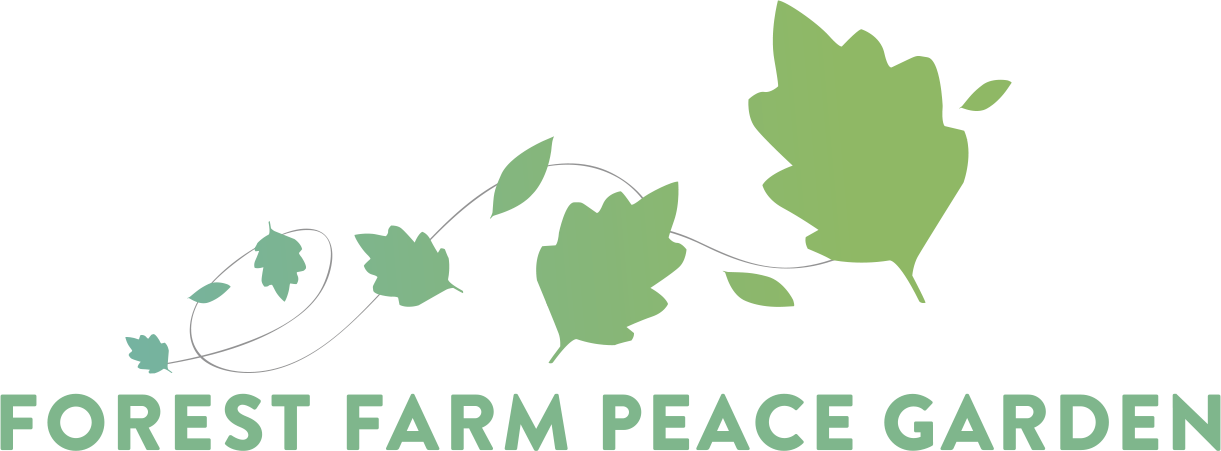Holly provides dense cover and good nesting opportunities for birds, while its deep, dry leaf litter may be used by hedgehogs (Erinaceus europaeus) and small mammals for hibernation.
The flowers provide nectar and pollen for bees and other pollinating insects. The leaves are eaten by caterpillars of the holly blue butterfly (Celastrina argiolus), along with those of various moths, including the yellow-barred brindle (Acasis viretata), double-striped pug (Gymnoscelis rufifasciata) and the holly tortrix (Rhopobota naevana). The smooth leaves found at the tops of holly trees are a winter source of food for deer.
Ivy
Ivy’s cultural symbolism and uses are diverse. A yellow and a brown dye can be obtained from the twigs and a decoction of the leaves has been used to restore black fabrics and as a hair rinse to darken the hair. If the leaves are boiled with soda they are a soap substitute for washing clothes. An excellent ground cover for shady places, succeeding even in the dense shade of trees. A very effective weed suppresser a number of cultivars are used for ornamental purposes. Plants can be grown along fences to form a hedge. Plants have been grown indoors in pots in order to help remove toxins from the atmosphere.



